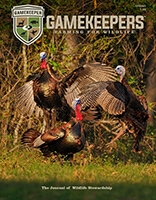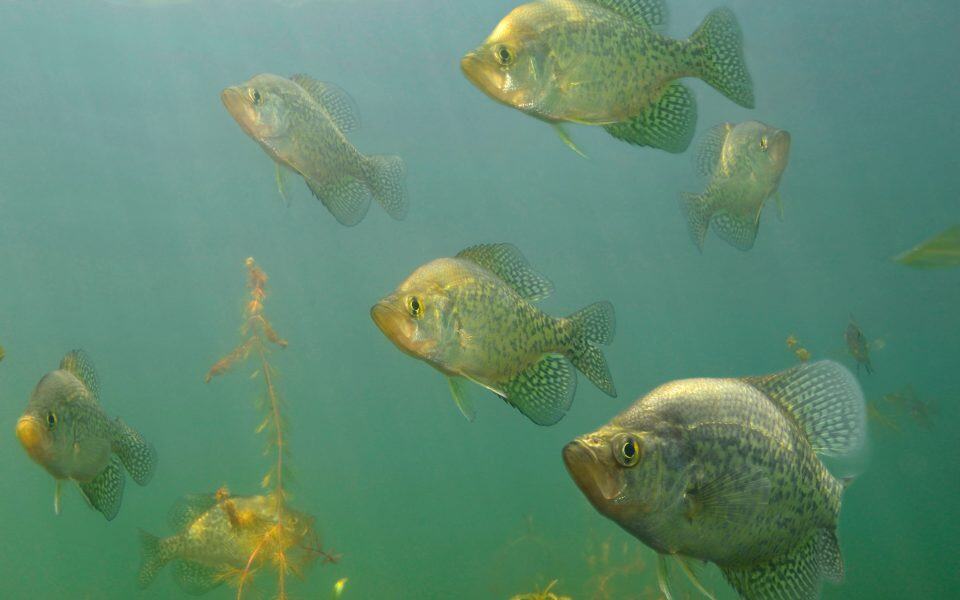The Allure of Crappie Fishing
Pan fishing, lake fishing, and cane pole fishing are all synonymous with crappie fishing. For many gamekeepers, the first fish they ever caught as a youth was likely a sunfish or crappie. For some, the sport of crappie fishing never wavers and is just as much of an affliction as big game hunting – and the pursuit of crappie can be lifelong. Mastering crappie tactics is essential for anglers who want to consistently catch fish throughout the year.
Whitey Outlaw: A Lifetime on the Water
Whitey Outlaw was raised in St. Matthews, South Carolina, in the shadow of the Santee Cooper Lakes. These waters are host to pro-fishing tournaments for multiple species each year, and after 42 years on the professional crappie fishing circuit, he is newly retired and fishing home waters full time.
Early Crappie Fishing Techniques
“Crappie fishing in Lake Moultrie and Lake Marion where I grew up was something that my father implanted in me,” said Outlaw. “In one storied area called ‘Rimini,’ where the duck hunting was just as good as the fishing, everyone out there knew one another and got along just fine for the most part. My depth finder was my 12-foot cane pole, which I would probe down in the water when we were fishing along the bank. Fishing for crappies around structure we could see, like a tree or along the bank, was about all we did because we could not tell where they might be hanging suspended over the deeper water. I won my first two tourneys in a 16-foot Duracraft aluminum boat with a 30-horsepower engine and a cane pole.”
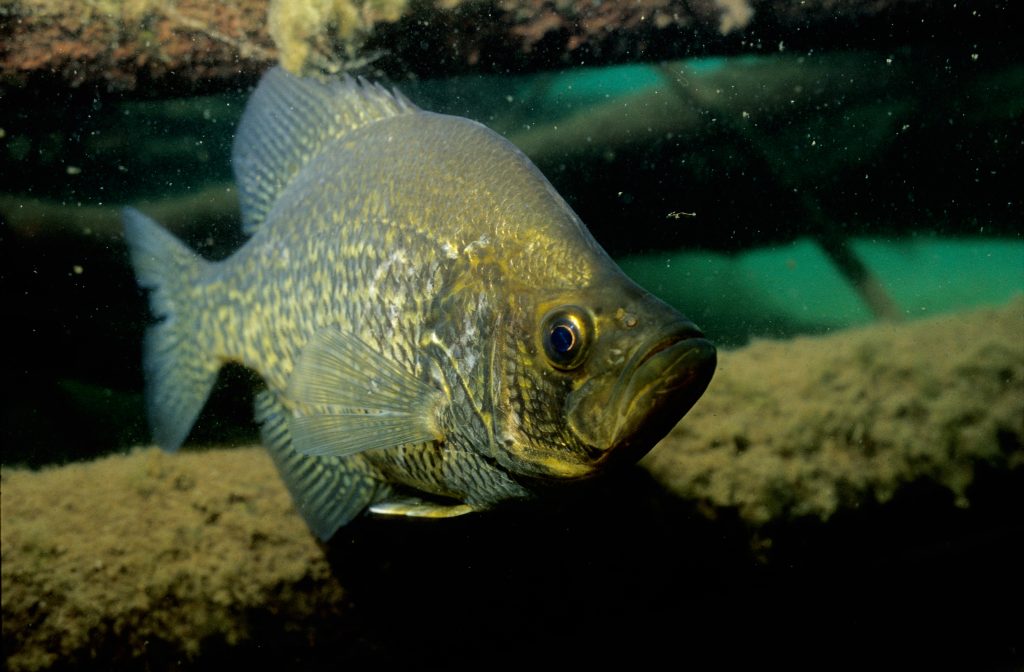
Eric Engbretson
Modern Crappie Fishing Gear
“Today I either run a 21-foot War Eagle Black Hawk with a 150-horsepower Suzuki or a 22-foot Ranger with a 250-horsepower Mercury,” said Outlaw. “My requirements for these boats include having live wells and the ability to sit low in the water so that the wind doesn’t push you around as much. The three big keys to crappie fishing are keeping an eye on your electronics, controlling your boat, and making precision casts. One angler with the skills to multitask can be productive while fishing solo for crappie, but it’s still good to have two anglers aboard, especially when it comes to landing fish using a dip net.”
Evolution of Fishing Tactics
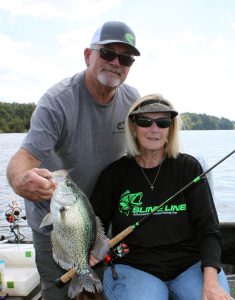
Jeff Dennis
“The St. John’s River in Florida used to have a series of crappie tournaments each year in January, so I’ve been fishing down there many times,” said Outlaw. “I used to troll eight rods in that river, but eventually changed over to a spider rig off the front of the boat because it allows one to push into the fish and search for a bite rather than running over them via trolling. Fast forward to modern day and we have forward-facing sonar that allows anglers to see the bait, the fish, and any structure much farther out ahead of you. Using a Live Scope screen to dial in where you cast can make a huge difference in recreational crappie fishing success or in tournaments.”
Seasonal Crappie Behavior and Strategies
“The crappies are in a pre-spawning phase during January, February, and March (in the South), and this is a time of year trolling makes sense,” said Outlaw. “I always prefer to fish structure, but when the water is cold the crappies will rise during days when the water temps warm due to sunshine, and they spread out and become suspended. These fish are easier to catch trolling than casting because they are not going to the bank until the water temps and the moon phase is right. In other words, all the stars have to line up before they spawn.”
The Crappie Spawning Process
“In early spring, the males move to the bank first, ahead of the females,” said Outlaw. “Water clarity will vary from lake to lake, so there is no set date when spawning begins, but the males go in first to make a nest, or a ‘bed,’ for the females to come lay their eggs. The females choose a rainy day or a dark night to lay, and then they will swim back out to 7 or 8 feet of water. This is the time of year when the crappies are hard to catch because they are worn out from spawning. The process repeats through May until all the crappies have spawned. Male crappies will lurk nearby for 30 to 40 days looking to eat any wayward fry that don’t instinctively stay close to the structure and cover by the shore.”
Post-Spawn and Summer Patterns
“After a couple of weeks of low activity in order to recover from spawning, the crappie will move further out and enter a summer pattern,” said Outlaw. “Different groups of crappies can have a big fish in with them, and that’s the one that competitive anglers want to target. Move close using Live Scope without spooking the fish and then try vertical jigging. Most times the bigger fish will be the most aggressive and the first one to chase the bait and bite it. If the water temps get real hot during the summer, keep these tactics but switch to minnows to keep the crappies biting. Crappies can stay on deeper structure in late summer and early fall, but watching the live scope for bait and fish activity keeps you in the game.”
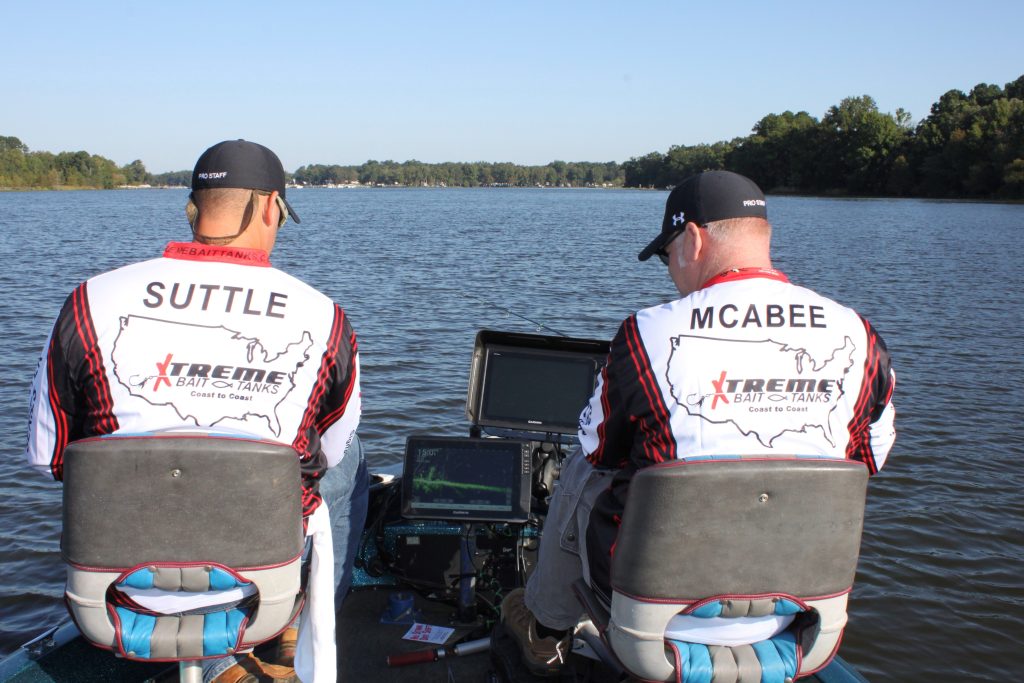
Jeff Dennis
The Role of Technology in Crappie Fishing
“Before forward-facing sonar and live scope, which is relatively new technology, we never fished for these deeper fish because we could not see down 30 to 40 feet deep where they were suspended,” said Outlaw. “In fact, we are fishing places now for crappie that we never did before because we could never imagine them so far away from the bank. An old saying when we visited a new lake was that ‘we got a whole lake to fish, but the crappies are only in 10 percent of the water.’ That logic has been debunked today by technology, and both pro and recreational anglers are benefitting from sonar and live scope tactics.”
Crappie Fishing Across the Country
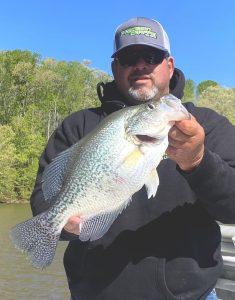
Jeff Dennis
Crappie angler Bryan Perry from Roxboro, North Carolina pursues crappie all year-round but knows that spring fishing can be special. “You can always count on good numbers of crappies in spring, but the big ones are in that mix too,” said Perry. “I use live scope to keep my distance to avoid spooking the fish. I always like to cast a lot versus jigging, and the water in the lakes here in North Carolina don’t get real dirty either.”
“Last year, April 10 was a sunny day, which often brings the fish higher in the water column,” said Perry. “I was on a 2000-acre lake near home using an 8-foot casting rod and tied into a new personal best 4.01-pound slab crappie. This old girl had already spawned so no telling what her max weight was prior, and I was using a 1.5-inch jig when she hit. Knowing that at 4-pound crappie is somewhat rare, I donated the crappie to the fish tank at Bass Pro Shops in Cary, NC and it is still swimming there today.”
Mike and Deborah Gore of Eatonton, Georgia live on Lake Sinclair and troll exclusively for crappie. “We love to troll for crappie when they are spawning in the Spring,” said Mike Gore. “My wife really loves to pull a crankbait, and we use a Rapala jointed shad rap, and she maintains several bait boxes full of color choices. Our rig consists of 4 lines out the back on 8-foot rods and two 12-foot rods, and two 16-foot rods off the bow. Shallow trolling in spring can be in water from around 5 to 12-feet deep and I will troll anywhere from .6-miles per hour to .9-miles per hour. We have been fortunate to win on the crappie tournament circuit with nothing but trolling tactics.”
Expert Gear Recommendations
Whitey Outlaw designs crappie rods for “Catch the Fever” rods out of North Carolina, and is partial to the 8-foot Outlaw Signature rod with medium-light action and fast tip when casting. A fast tip means that only the tip bends when the fish takes the bait, because if a crappie feels a stiff rod begin to bend, they tend to spit the hook. He prefers a 12-foot rod when jigging, and Outlaw uses a 10-pound Slime Line when jigging.
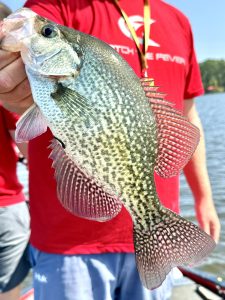
Jeff Dennis
“Common sense rules are always going to be important when targeting crappies, and the best time to go is whenever you can,” said Outlaw. “If fishing clear water, don’t underestimate how much a boat shadow can spook crappies. Anyone standing up in a boat can cast their shadow across a crappie, and they can get “lockjaw.” Crappies in clear water are more sensitive to boat noise like water sloshing or someone dropping the net, than say crappies that are in chocolate water. Catching crappies or not can come down to boat control and whereas we used to deploy drift anchors and such, now the spot-lock feature on trolling motors is a game changer for staying away from the fish without losing your bearings.”
Passing the Torch to the Next Generation
Outlaw has now taught his grown son, Matthew, all about crappie fishing, and he runs his own charter business on the Santee Cooper Lakes. The last few years, Whitey and Matthew fished as a team on the crappie circuit and in 2023, they finished in the top-five at the Mr. Crappie Invitational in Branson, Missouri. In 2024, with Whitey now retired, Matthew took on a new partner and returned to the Mr. Crappie Invitational and recorded another top-five finish. With the onset of technology to aid crappie fishing, Whitey says that the younger generation is well-suited to pick up the mantle of crappie fishing for the future of this timeless sport.
Jeff Dennis is a longtime outdoorsman. Read his blog at Lowcountry Outdoors.
Join our weekly newsletter or subscribe to GameKeepers Magazine.
Your source for information, equipment, know-how, deals and discounts to help you get the most from every hard-earned moment in the field.
